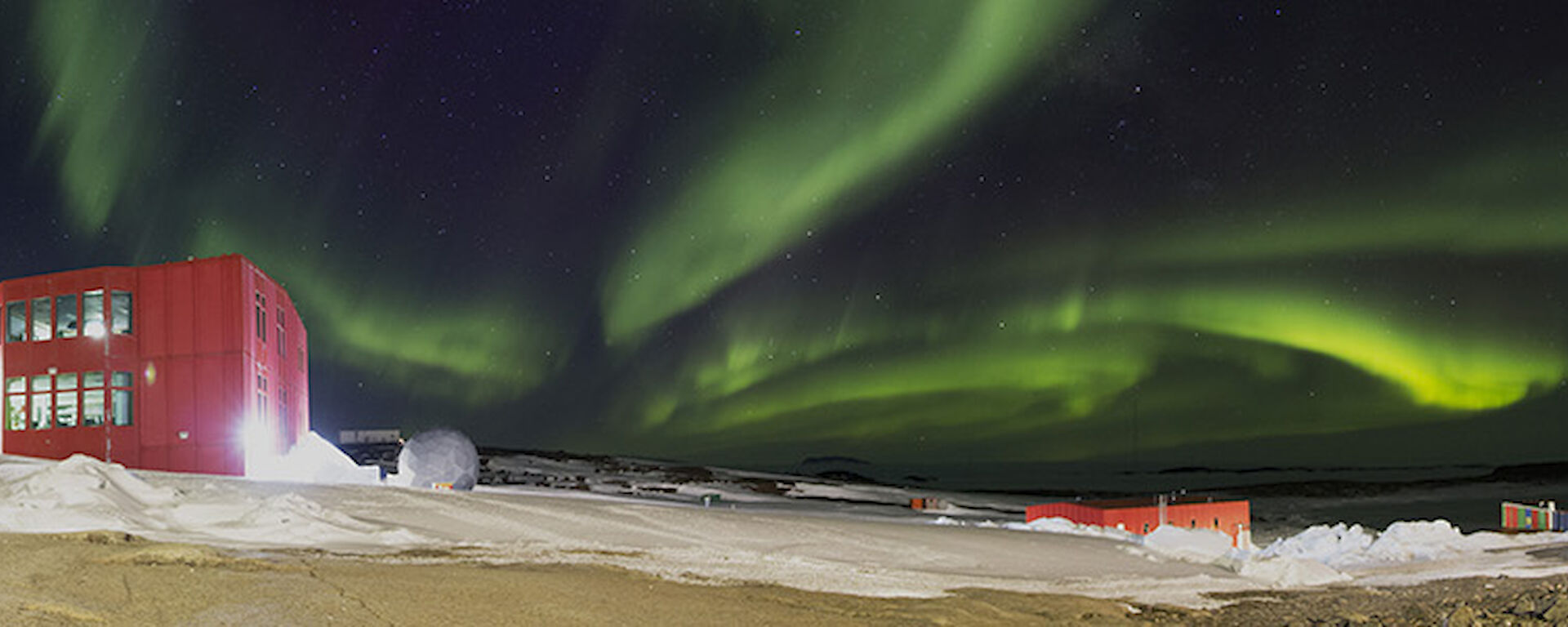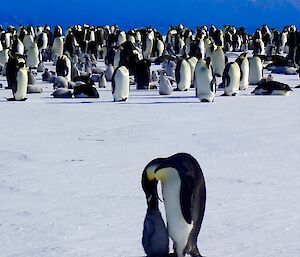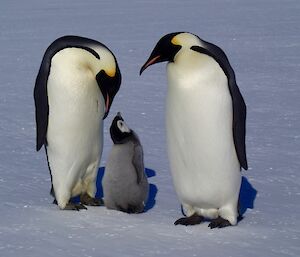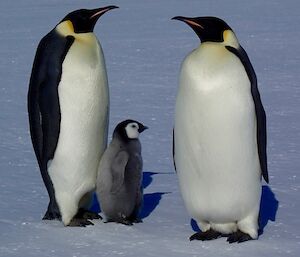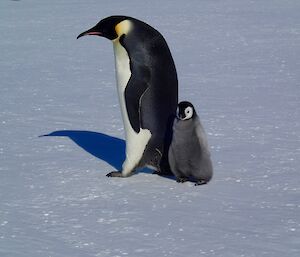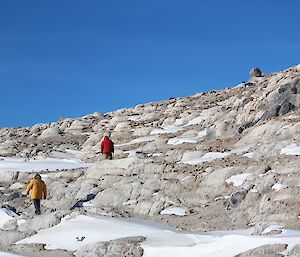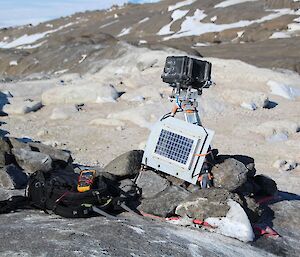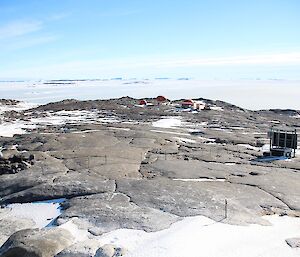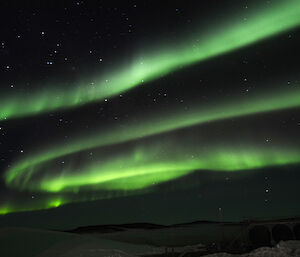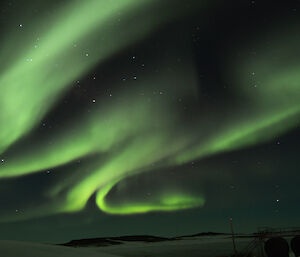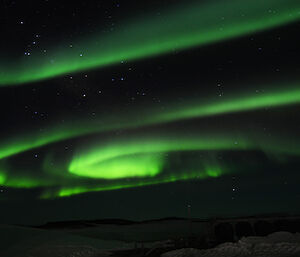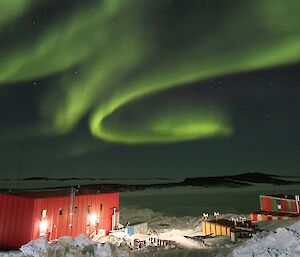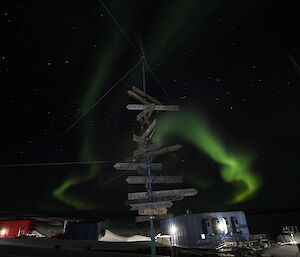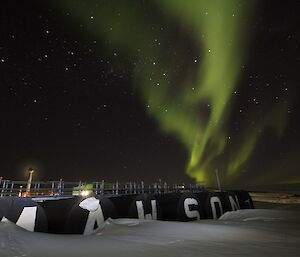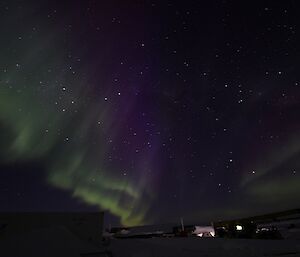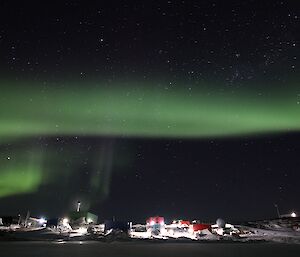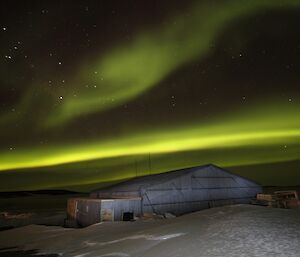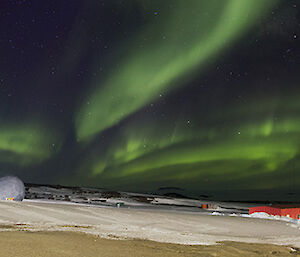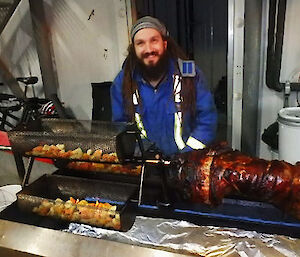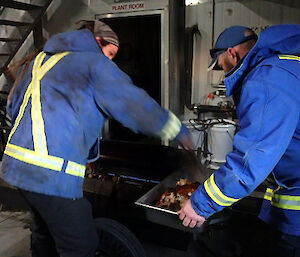The emperor penguin chicks have finally become too big to balance on their parents’ feet and now spend the day in crèches while the adults feed. They are big balls of grey down, very active, very noisy and learning to do penguin things like slide on your tummy across the ice — they can’t walk as their legs are too short.
As a group we have been fortunate this year to get to a variety of penguin colonies including the Fold Islands, Taylor Glacier and Auster on a number of occasions. For our group though, these are the last photos of emperor chicks for the year. The sea ice is deteriorating rapidly around the station and this week the routes to Auster and Taylor Glacier were closed until next year. It was a privilege to see these animals in their natural habitat, unafraid of us and curious enough to come close and say hello.
They are amazing birds and I hope that the end of their breeding season passes safely so that they can return next year and repeat all over again.

